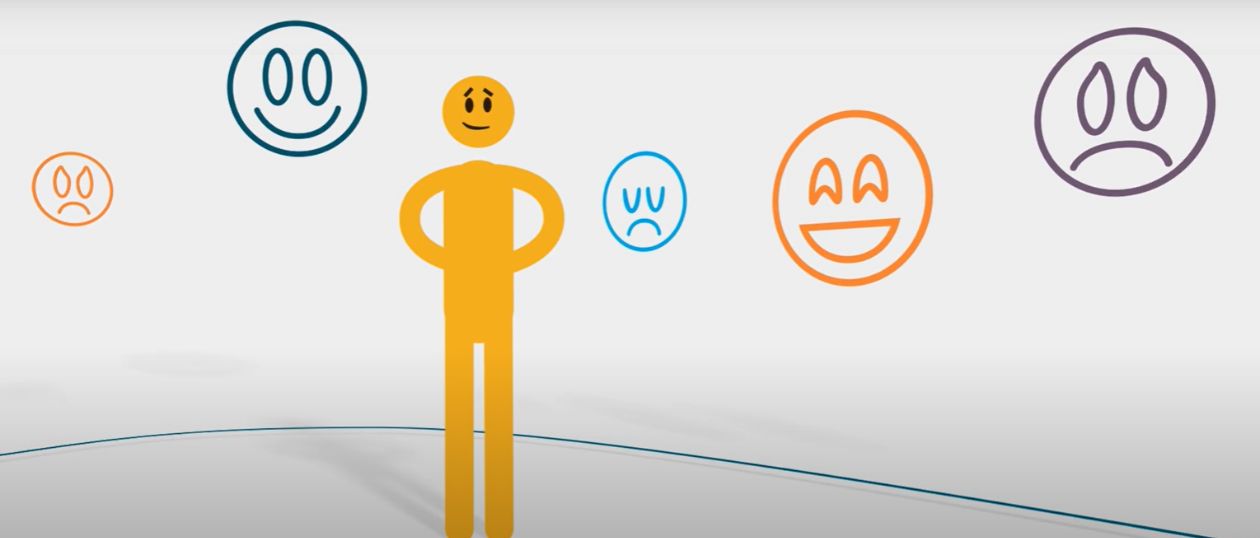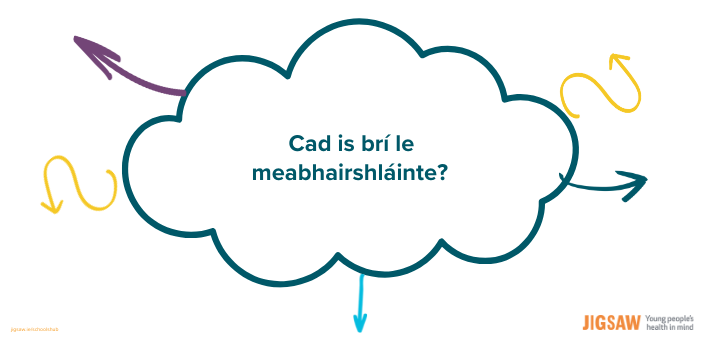Cuspóirí foghlama
- Tuiscint a fháil ar an meabhairshláinte agus ar an bhfolláine.

Leibhéal
An tSraith Shóisearach agus an tSraith Shinsearach

Am
30 nóiméad

Nótaí Post-It
Tabhair roinnt nótaí Post-It do gach duine agus iarr orthu íomhánna nó focail a tharraingt nó a scríobh, íomhánna a léiríonn meabhairshláinte dóibh.
- Lig dóibh a gcuid smaointí a roinnt lena chéile ar dtús agus ansin mar ghrúpa.
Cad is brí le meabhairshláinte?
Play

Féach ar an bhfíséan seo, a mhíníonn príomhtheachtaireachtaí Jigsaw, ar mheabhairshláinte agus ar fholláine.
An féidir comparáid a dhéanamh idir na teachtaireachtaí anseo agus na téamaí a bhí ag an rang? Úsáid an t-eolas ón bhfhíséan chun forbairt a dhéanamh ar an bplé a bhí agaibh ar ball.




